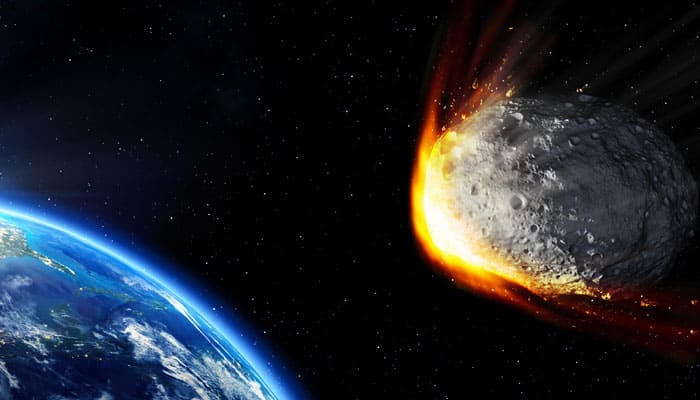Helsinki: An international team has constructed the first-ever model to observe how near-Earth objects (NFOs) or asteroids destroy when they reach closer to the Sun, leaving dazzling meteor showers for sky gazers on Earth.
The researchers from Finland, France, the US and the Czech Republic found an excellent agreement between the model and the observed population of NEOs when they eliminated asteroids that spend too much time within about 10 solar diameters of the Sun.
This study suggests that the parent objects were completely destroyed when they came too close to the Sun - leaving behind streams of meteors but no parent NEOs.
“The discovery that asteroids must be breaking up when they approach too close to the Sun was surprising and that's why we spent so much time verifying our calculations,” commented Robert Jedicke, a team member at University of Hawai'i institute for astronomy.
An asteroid is classified as an NEO when its smallest distance from the Sun during an orbit is less than 1.3 times the average Earth-Sun distance.
The vast majority of NEOs originate in the doughnut-shaped main asteroid belt between the orbits of Mars and Jupiter.
The orbit of a main-belt asteroid slowly changes as it is pushed by the uneven release of excess solar heat from the asteroid's surface.
The asteroid's orbit eventually interacts with the orbital motions of Jupiter and Saturn changing the trajectory to bring the asteroid close to the Earth.
The team used the properties of almost 9,000 NEOs detected in about 100,000 images acquired over about eight years by the Catalina Sky Survey (CSS) near Tucson, Arizona, to construct the new population model.
Mikael Granvik, research scientist at University of Helsinki and lead author of the article appeared in the journal Nature, hypothesised that their model would better match the observations if NEOs are destroyed close to the Sun but long before an actual collision.
The discovery helps explain several other discrepancies between observations and predictions of the distribution of small objects in our solar system.
Meteors, commonly known as shooting stars, are tiny bits of dust and rock that are dislodged from the surfaces of asteroids and comets that then end their lives burning up as they enter our atmosphere.
They also found that darker asteroids are destroyed farther from the Sun than brighter ones.
The fact that dark objects are more easily destroyed implies that dark and bright asteroids have a different internal composition and structure.
According to Granvik, “perhaps the most intriguing outcome of this study is that it is now possible to test models of asteroid interiors simply by keeping track of their orbits and sizes”.
















